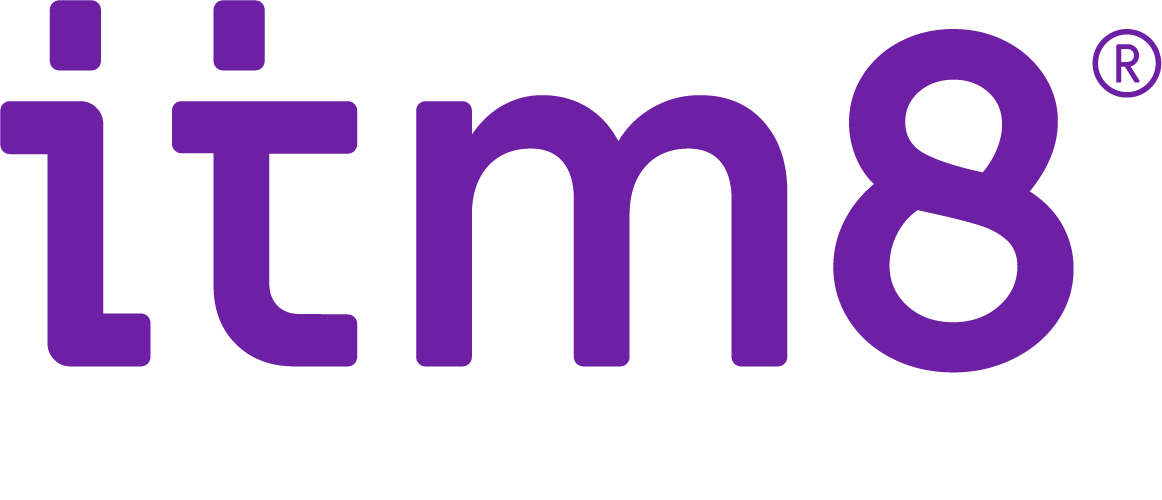Inget att förlora
Efter att ha läst på lite om RPA och ha fått presenterat för sig hur man kan bygga ett enkelt arbetsflöde med hjälp av Microsoft Power Automate insåg Olle att han inte hade något att förlora. Även om Olle av sina kollegor och medmänniskor ibland (eller snarare ganska ofta) kunde uppfattas som något konservativ, så tvekade han aldrig att testa nya saker som han anade kunde effektivisera hans liv eller verksamhet. Det var denna mentalitet som låg bakom att han hade både robotgräsklippare och robotdammsugare hemma och att han flitigt använde onlinetjänster för att få livsmedel och andra basvaror levererade hem till sig. Samtidigt kunde Olle vara svidande kritisk mot saker som han inte ansåg tillförde något värde, ”meningslöst fluff”, som han brukade kalla det och hit räknade han allt från pyramidspel till dyra märkeskläder.
Problemet är inte alltid det uppenbara
Det uppenbara flödet som Olle först ville börja med att automatisera var detta med hur folk felkonterar fakturor. För att hjälpa kollegorna att göra rätt hade Olle sedan flera år tillbaka tagit fram ett omfattande Excelark – en lathund där svaret på alla upptänkliga bokföringsfrågor stod att finna. Problemet var – som med många lathundar – att den lästes och användes alltför lite. Nu hoppades Olle att detta med RPA på något sätt kunde hjälpa honom att få kollegorna att bokföra rätt. Efter att tillsammans med sin RPA-rådgivare analyserat vad ekonomiavdelningen lägger mest tid på insåg han dock att det inte var här som problemet låg. När allt kom omkring så var inte felkonteringarna det som stal mest av hans tid, och i och med det nya fakturasystemet så kunde många fakturor automatkonteras.
Hitta de verkliga tidstjuvarna!
Det som däremot upptog en stor del av Olles och övriga ekonomiavdelningens tid var att ta ut rapporter för att följa upp hur bolagets fakturering till de egna kunderna sett ut månaden som gick och att göra prognoser inför kommande månader. Detta var i sig en ganska enkel uppgift som gick ut på att ta ut en månadsrapport från ekonomisystemet där fakturering per kund framgick. Olle och hans kollegor brukade sortera denna efter största konto eftersom de aldrig hann nå till botten av listan. Därefter sökte de upp de största kunderna, en och en i CRM:et och fick fram summan av affärsmöjligheterna. Ifall det som fakturerats föregående månad och de affärer som förväntades kunna stängas kommande månad avvek alltför mycket från varandra brukade Olle ta en extra titt och ibland även konsultera ansvarig säljare för att säkerställa att man inte missat något och kanske ta en extra kreditupplysning ifall någon kund som inte handlat särskilt mycket förut såg ut att komma att handla mycket mer från bolaget kommande månad.
Att integrera Ekonomisystemet och CRM-systemet med varandra framstod som mer avancerat än att skicka människor till mars (åtminstone för en lättstressad ekonomichef), men med hjälp av funktionen UI Flow i Microsoft Power Automate (UI=User Interface) kunde Olle själv spela in en arbetssekvens där han klickade fram rapporten över föregående månad i Ekonomisystemet och därefter sökte fram varje kund i CRM-systemet och tog ut värdet av inlagda affärsmöjligheter. Resultatet blev en Excelfil färdig för honom att granska och analysera och det bästa av allt var att eftersom han hade spelat in arbetssekvensen kunde RPA-verktyget upprepa stegen närhelst han ville – medan han själv gick på möte eller tog en kaffe. Det tog honom en stund att bygga flödet, men han räknade snabbt ut att han skulle spara in den tiden vid nästa månadsskifte då han återigen behövde ta fram prognosrapporten. Fördelen med att bygga det själv var att han ögonblickligen fick nytta av flödet.
Telefonen ringde. Stolt som en tupp över flödet han lyckats bygga nästan helt själv svarade Olle ovanligt glatt, men leendet avtog snabbt. Det var bolagets VD och en till Olle sedan många år tillbaka nära vän, som meddelade att hon plötsligt hamnat på sjukhus efter att ha känt sig yr och nu fått en allvarlig diagnos som det för det första inte var alldeles säkert att hon skulle tillfriskna från utan komplikationer, och även ifall hon gjorde det hade hon redan bestämt sig för att inte arbeta mer i sitt liv. Hon avslutade samtalet med orden: ”Nu får du ta över rodret, Olle. Jag litar på dig!”.
Mer användbart än vad han hade vågat hoppas på
Olle, som ni vid det här laget har förstått är en mycket ansvarsfull person, hade gott förtroende i bolaget och ledning och styrelse litade helt på honom. Trots sin oro för sin nära vän var det självklart för honom att ta på sig rollen som tillförordnad vd nu när den ordinarie VD:n inte längre var tillgänglig. Men han insåg samtidigt att det skulle kräva kraftiga omprioriteringar av hans tid och fokus. Hur skulle de nu klara av det viktiga prognosarbetet? Men vänta lite nu, han hade ju just byggt ett RPA-flöde som sparade flera dagars arbete varje månad! Det här kanske kunde bli mer användbart än vad han hade vågat hoppas på! Samtidigt som han tänkte det stack en kollega till honom in huvudet genom dörren med en bekymrad uppsyn. Tre nya chefer hade börjat i veckan som gick och nu behövde de behörighet och utbildning i ekonomisystemet. Samtidigt behövde månaden stängas och det var ovanligt många fakturor som inte blivit konterade i tid. Olle suckade och tänkte att det där RPA-verktyget nog skulle få visa ytterligare vad det gick för.
Följ den spännande fortsättningen i nästa blogginlägg! Vill du också ha en RPA-rådgivare som kan hjälpa dig att hitta dina största tidstjuvar? Lyssna på Itm8s webinar för att höra om hur Itm8 hjälper våra kunder att komma igång med RPA!


